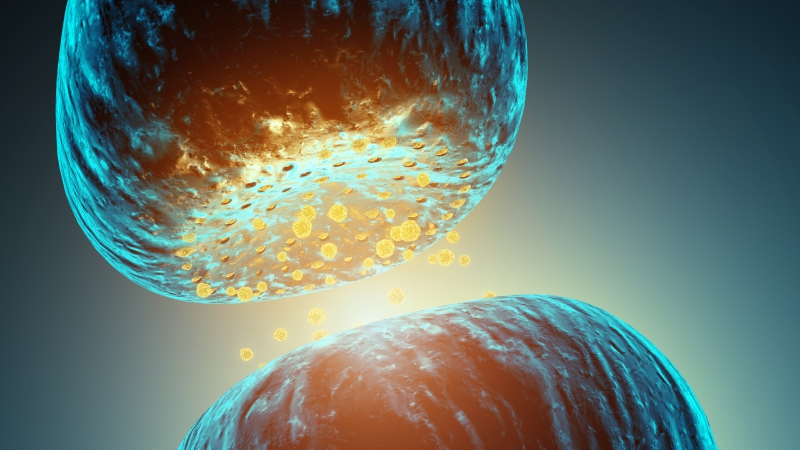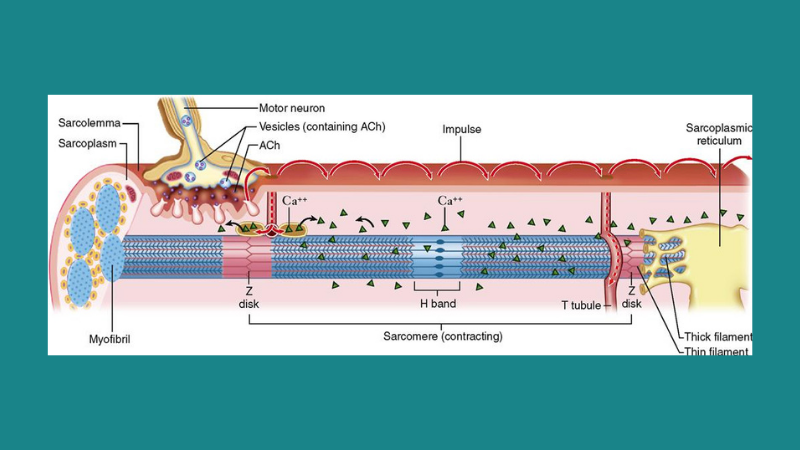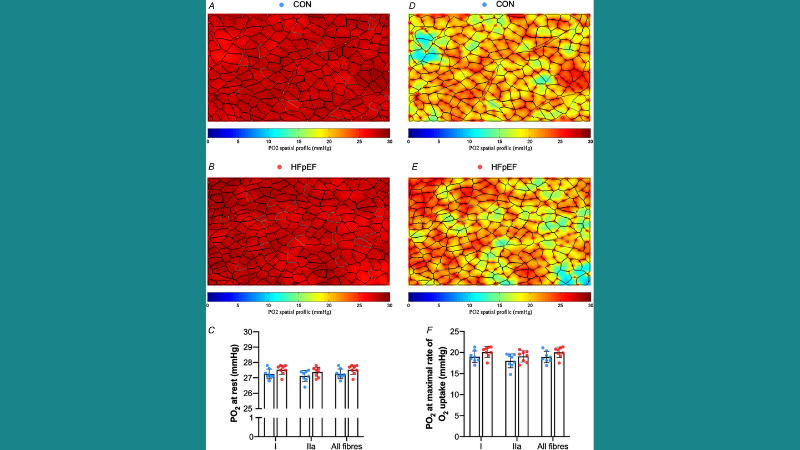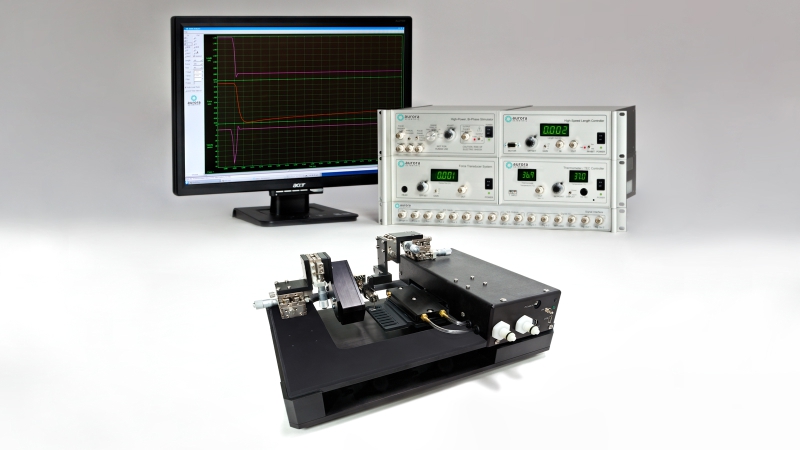Mitigating Neuromuscular Deficits
This publication review highlights how several researchers have recently employed our instruments and technologies to better understand these mechanisms and uncover new therapeutic avenues for a ...
Identification and Classification of Tongue-Innervating Mechanoreceptors
Join Yalda Moayedi, PhD, for a discussion on how tongue-innervating neurons can be clearly identified and classified according to their mechanosensory ...
Nerve versus Muscle Stimulation: When to Use?
This technical blog discusses the importance of choosing the correct method to measure hindlimb mechanics in animal models: nerve or muscle ...
Best of 2021: Muscle Physiology
This publication review summarizes some of the best recent articles that fall under our Muscle Physiology ...
Biomechanical Properties of GI Smooth Muscle
Image courtesy of Siri et al. (2019). Disorders like gastroparesis, gastroesophageal reflux disease (GERD), and
Optogenetic activation of muscle contraction in vivo
Optogenetics is a relatively new and exciting field of research aimed at activating excitable cells and bypassing the need for electrical stimulation both ex-vivo and in-vivo. By utilizing Channelrhodopsin-2, researchers can simply activate these cells with blue light, something that has commonly been done in neurons, but limited work has been done with direct activation of skeletal muscle. Researchers therefore aimed to determine the feasibility of using transdermal light to directly induce isometric contractions of the triceps surae in-vivo, measured with the 1300A. The authors targeted expression of ChR2 in the skeletal muscle of mice and showed that optogenetic stimulation bypassed the nerve and resulted in similar torque production to that of electrical stimulation at a frequency of 10Hz. Higher frequencies led to a larger decay in the muscle contractions, shedding light on the significance of membrane repolarization in this process. These results showed the potential for a non-invasive alternative to electrical stimulation of muscle.
Specific inhibition of myostatin activation is beneficial in mouse models of SMA therapy
Spinal Muscular Atrophy (SMA) is a neuromuscular disease caused by mutations in the Survival of Motor Neuron 1 (SMN1) gene, resulting in reduced expression of SMN protein. The disease is characterized by the loss of α-motor neurons, which can lead to skeletal muscle atrophy, reduced bone mineral density, and increased risk of fracture. SMN restoration treatment has been found to improve functional symptoms, although not in full. This study investigates the combined effect of SMN treatment with inhibition of myostatin activation in SMA mice models. Three mice models exhibiting varying severities of SMA were analyzed, including low, low-high, and high-dose SMN restored mice. In order to prevent myostatin activation, mice were treated with muSRK-015P. Mice treated with muSRK-015P exhibited increased gastrocnemius and tibialis anterior (TA) muscle mass. Functional assessment of the plantarflexor muscle group was then conducted using Aurora’s 1300A 3-in-1 Whole Animal System. Although untreated low-high and high dose mice displayed reduced maximal torque, those treated with muSRK-015P showed improvements in maximal torque measurements. To investigate whether the inhibition of myostatin activation could reduce bone deficiencies, mice underwent μCT imaging of the tibias following muSRK-015P treatment. Inhibition of myostatin activation in high dose mice resulted in increased cross-sectional bone area and bone volume. Bone volume and trabecular separation improvements were seen across all mice treated with muSRK-015P. The authors then quantified pre-existing latent myostatin concentrations in WT and SMN-restored mice. Although reduced concentrations were found in low-high dose mice when compared to WT, no differences were observed following normalization to body weight. This suggests that reduced levels of latent myostatin seen in more severe SMA disease models is a result of decreased muscle mass, rather than an upstream cause of which. These data suggest that the inhibition of myostatin activation, especially when combined with SMN restoration, may serve as a beneficial therapeutic treatment for SMA patients.
Treating Spinal-Muscle Conditions
Featured image courtesy of Bilchak et al. (2021). Spinal disruption can lead to serious
Tips and Tricks for using the 1400A Permeabilized Fiber System
Our 1400A permeabilized fiber system is commonly used to investigate the active and passive properties of skinned, or de-membranized







